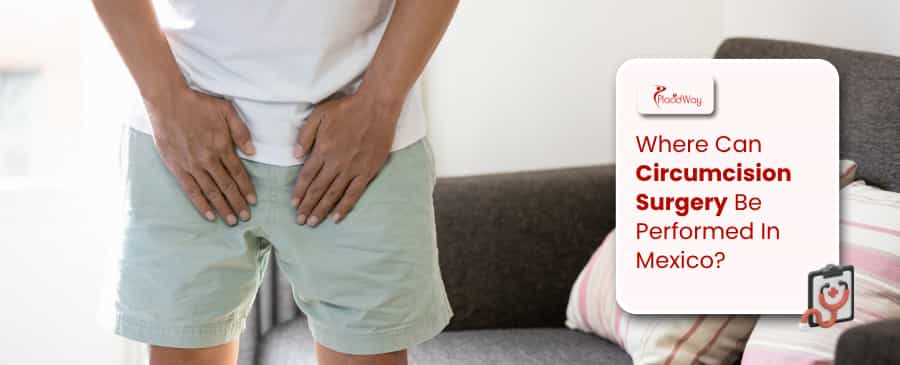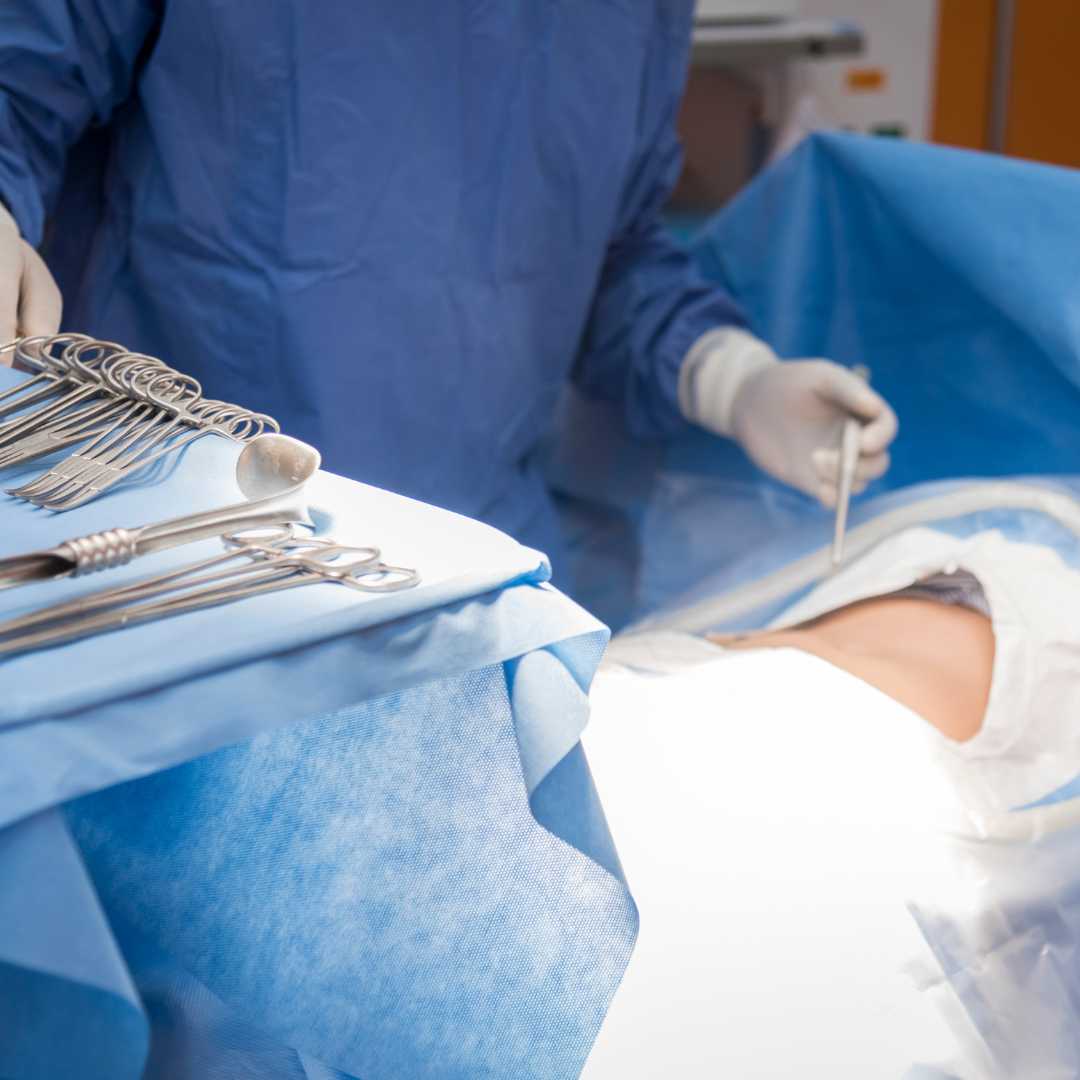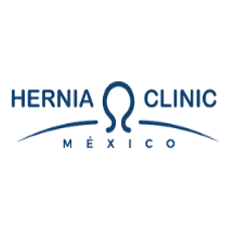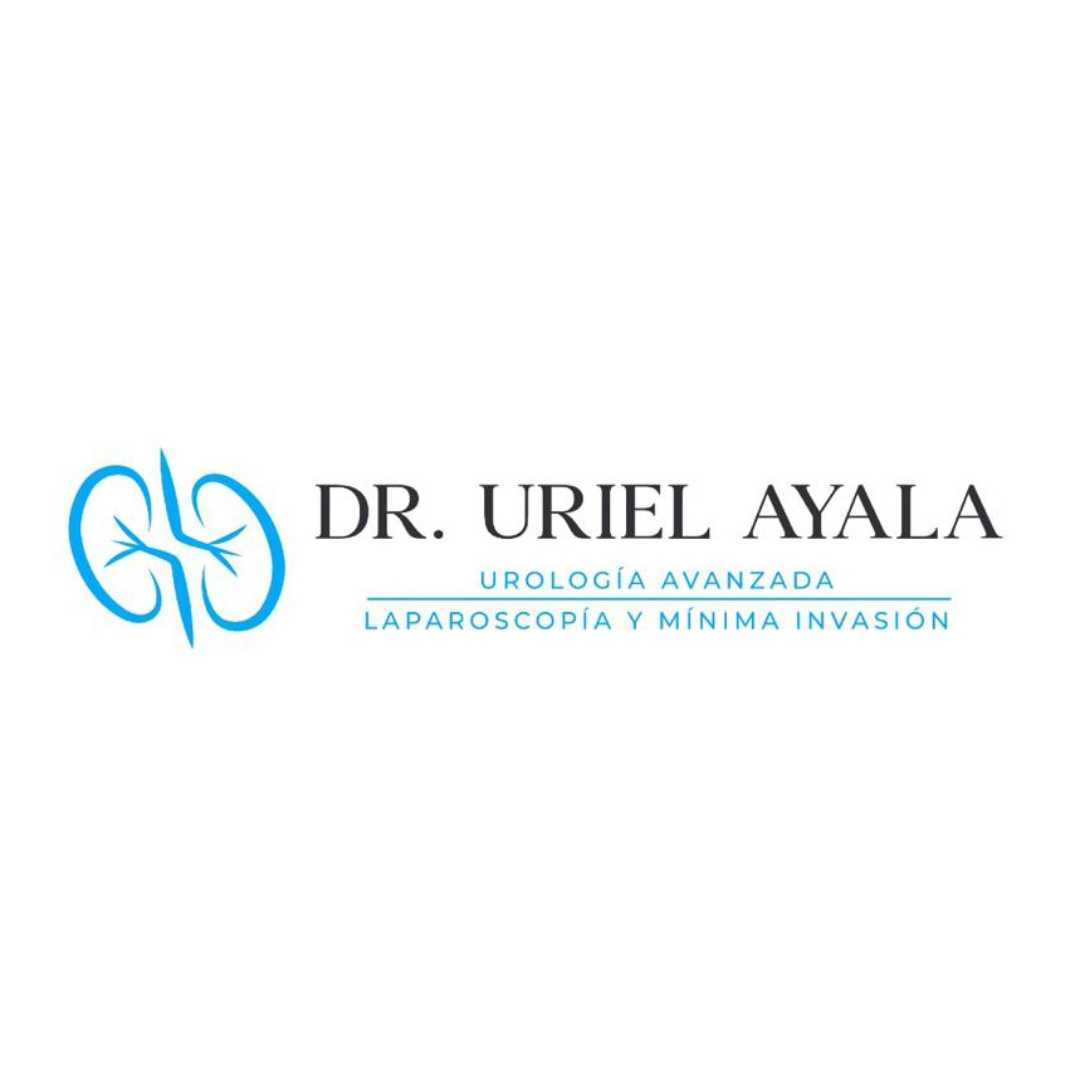Where to Get Circumcision Surgery in Mexico

Whether for religious, cultural, personal, or medical reasons, understanding where and how to access circumcision services in Mexico is key to a smooth and successful experience. This guide aims to answer all your pressing questions, providing clear, concise, and detailed information to help you make informed decisions about getting a circumcision in Mexico.
Mexico's growing medical tourism sector means you have a range of options, from specialized clinics to larger hospitals, all committed to providing excellent care. Let's dive into the specifics of obtaining circumcision surgery in Mexico.
Where are the primary locations for circumcision surgery in Mexico?
Key cities where you can find excellent options for circumcision surgery in Mexico include:
- Tijuana: Located just across the U.S. border from San Diego, Tijuana is a bustling medical hub, particularly popular for its accessibility. It offers a wide array of clinics and hospitals specializing in various procedures, including urological surgeries like circumcision.
- Guadalajara: Known for its cultural richness and advanced medical facilities, Guadalajara is another top choice. It hosts several large, internationally accredited hospitals with departments dedicated to urology and men's health.
- Monterrey: As an industrial and economic powerhouse, Monterrey also features sophisticated medical infrastructure. Its hospitals are equipped with cutting-edge technology and employ highly skilled surgeons.
- Mexico City: The capital offers the largest concentration of medical facilities, including world-class hospitals and specialized clinics.
- Cancun: While famous for its beaches, Cancun also has a developing medical tourism sector, particularly for procedures that can be combined with a relaxing recovery.
- Border Towns (e.g., Mexicali, Ciudad Juarez): These towns are popular for their proximity to the U.S. and often provide more cost-effective options for various medical procedures, including circumcision.
How much does circumcision surgery cost in Mexico compared to other countries?
Here's a comparison of typical costs for circumcision surgery:
| Country | Estimated Cost Range (USD) | Key Factors Influencing Cost |
|---|---|---|
| Mexico | $500 - $1,500 | Clinic reputation, surgeon experience, type of anesthesia, city (e.g., border towns often cheaper). |
| United States | $2,000 - $5,000+ | Geographic location, facility fees, surgeon fees, anesthesia costs, insurance coverage (if any). |
| Canada | $1,000 - $3,000+ (often not covered by public health) | Private clinic fees, surgeon expertise, age of patient (infant vs. adult). |
| UK | £1,500 - £3,000 (approx. $1,900 - $3,800 USD) | Private hospital fees, consultant surgeon fees. |
What is the typical recovery process after circumcision surgery in Mexico?
Understanding the recovery process is crucial for a smooth and successful outcome after circumcision surgery in Mexico. While the procedure itself is relatively quick, proper aftercare is essential to prevent complications and ensure complete healing. The recovery timeline can vary slightly depending on the individual's age, the surgical technique used, and adherence to post-operative instructions.
If you're ready to explore your options for circumcision surgery in Mexico or other medical procedures, PlacidWay can help. We connect you with top-tier clinics and hospitals globally, offering transparent information and personalized assistance to make your medical travel experience seamless. Contact PlacidWay today to find solutions tailored to your healthcare needs.


.png)


.png)

.png)
.png)








Share this listing